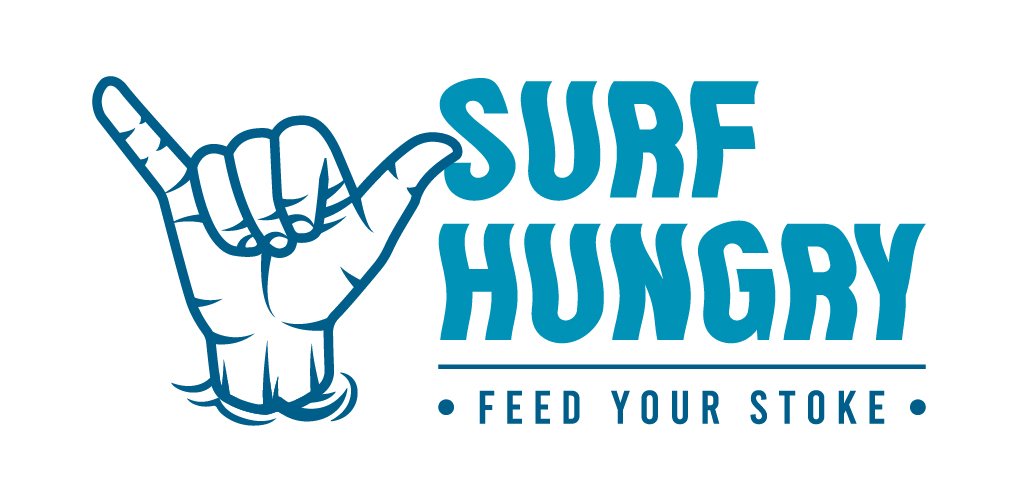Electric Surfboards vs. Jet Boards: What’s the Difference?
If you’ve been keeping an eye on the latest water sports technology, you’ve probably noticed two futuristic boards making waves: electric surfboards and jet boards. From the beach, they might look alike, but once you ride them, you’ll see they deliver very different experiences. I’ve had the chance to ride both, and trust me—whether you go for the eco-friendly smoothness of an electric surfboard or the raw speed of a jet board depends on what kind of rider you are. Let’s break it down. ⚡ Riding an Electric Surfboard The first time I tried an electric surfboard, it felt like gliding on water with almost zero resistance. These boards are powered by lithium-ion batteries that drive a motor beneath the deck. Because they’re whisper-quiet, you hear the water more than the engine—a big plus if you like a peaceful ride. Speed: Typically 20–35 mph Battery Life: 30–60 minutes depending on model and conditions Weight: Heavier than a traditional surfboard due to the battery Best For: Calm seas, lakes, bays, and beginners 👉 If you’re new to powered boards, an electric surfboard is easier to learn. Plus, they’re more eco-friendly since they produce zero emissions in the water. 🚤 Riding a Jet Board A jet board, on the other hand, is all about speed and adrenaline. Imagine a mix between a surfboard and a jet ski—that’s what it feels like. Most models are gas-powered, though newer electric jet boards are starting to hit the market. The acceleration is instant, and you can carve turns aggressively, even in rough water. But be prepared: they’re noisy and require more maintenance. Speed: 40–55 mph (sometimes even faster) Power Source: Gas engine or electric motor (rare) Ride Feel: Aggressive, high-adrenaline, motorsport-like Best For: Experienced riders, thrill-seekers, open water 👉 If you’re chasing maximum speed on water, a jet board is your best bet. 🔑 Electric Surfboards vs. Jet Boards: Side-by-Side Feature Electric Surfboards Jet Boards Power Source Rechargeable lithium-ion battery Mostly gas engines (some electric jet boards) Top Speed 20–35 mph 40–55 mph Noise Level Almost silent Loud, like a motorbike Eco Impact No emissions, eco-friendly Fuel emissions, less sustainable Maintenance Simple: charge and rinse Higher: fueling, servicing, engine care Cost $8,000–$15,000 $10,000–$20,000+ Best Suited For Beginners, eco-conscious riders Speed junkies, experienced riders 🌊 Which One Should You Choose? After riding both, here’s my recommendation: Choose an Electric Surfboard if…You want a quiet, eco-friendly ride that’s easy to learn and perfect for cruising flat water. They’re ideal for first-timers, families, and anyone who prefers a futuristic but relaxed style of riding. Choose a Jet Board if…You’re after raw speed, power, and adrenaline. Jet boards are for riders who already feel comfortable on the water and don’t mind engine noise or extra maintenance. Personally, I love taking my electric surfboard out early mornings when the sea is calm—it’s meditative and smooth. But when I want a heart-racing session, I bring out the jet board. It’s a whole different beast. ❓ Electric Surfboards vs. Jet Boards: FAQs 1. What is the main difference between an electric surfboard and a jet board?The key difference is the power source. Electric surfboards use battery power, while most jet boards run on gas engines. This impacts speed, noise, maintenance, and eco-friendliness. 2. Are electric surfboards easier to ride than jet boards?Yes. Electric surfboards are beginner-friendly, quieter, and easier to control. Jet boards are faster and better suited for experienced riders. 3. How long does an electric surfboard battery last?Between 30–60 minutes of riding, depending on the model, rider weight, and speed. Many riders invest in spare batteries for longer sessions. 4. Which is faster: an electric surfboard or a jet board?Jet boards are faster. They can reach 40–55 mph, while most electric surfboards top out around 20–35 mph. 5. Are electric surfboards better for the environment?Yes. Electric surfboards are zero-emission, making them a more sustainable alternative to fuel-powered boards. 6. Which is more expensive to own?Both are luxury water toys, but jet boards are generally pricier and require higher ongoing maintenance. 🚀 Final Thoughts Both electric surfboards and jet boards are incredible innovations that are redefining modern water sports. If you value sustainability, quiet rides, and ease of use, an electric surfboard is your best choice. If you want maximum speed, adrenaline, and raw power, go with a jet board. No matter which way you go, you’re stepping into the future of surfing—where technology meets the thrill of the ocean. 👉 Next up on Surfhungry: My list of the best electric surfboards of 2025 and where you can rent them before making the big purchase.LukeLuke is an avid athlete and the driving force behind Surfhungry, a vibrant online platform dedicated to sharing the joy and passion of surfing and water sports with enthusiasts around the world. With a deep-rooted love for the ocean and a lifelong commitment to riding waves, Luke’s journey as a surfer has inspired him to create a community where like-minded individuals can come together to celebrate their shared passion.








